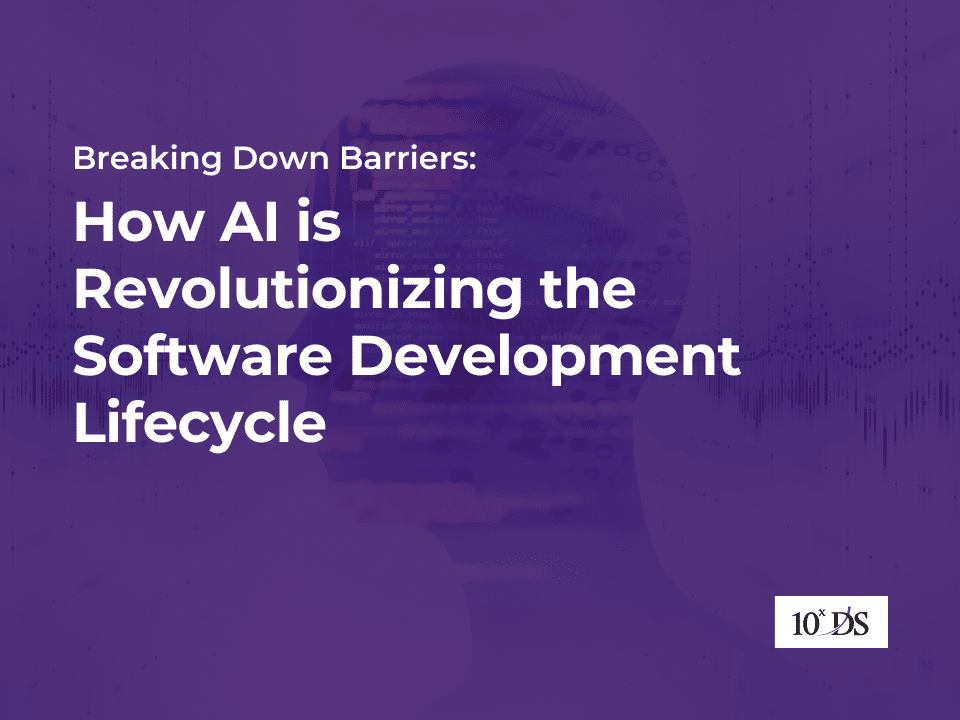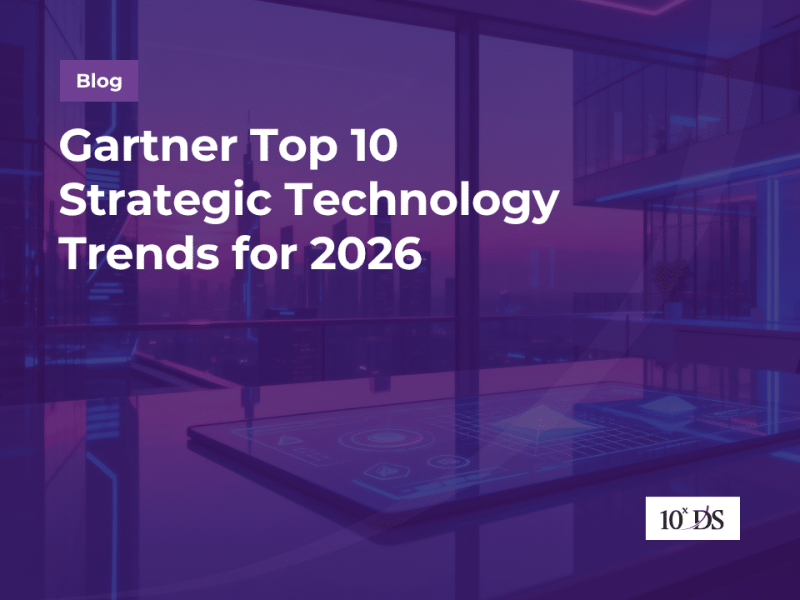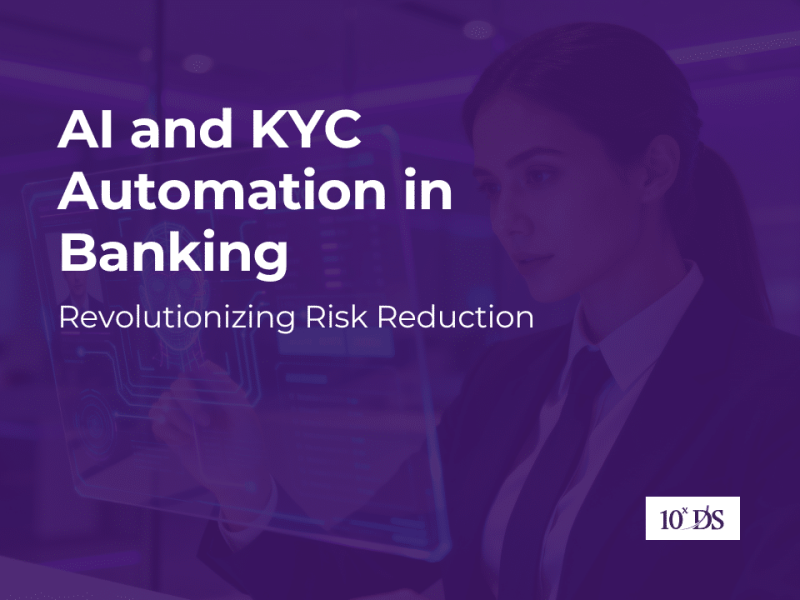
Breaking Down Barriers: How AI is Revolutionizing the Software Development Lifecycle
The software development landscape is ever-evolving, with new technologies and methodologies continuously reshaping how we build, deploy, and maintain software. Among these innovations, artificial intelligence (AI) stands out as a revolutionary force poised to collapse the traditional silos in the software development lifecycle (SDLC). In this blog, we will explore how AI is transforming the SDLC and why this marks a significant milestone in the future of software development.
Understanding AI in Software Development
AI in software development refers to advanced systems designed to assist in various stages of the SDLC. These systems leverage machine learning, natural language processing, and other AI technologies to automate and optimize tasks across the SDLC. From coding and testing to deployment and maintenance, AI can perform a wide range of functions that traditionally require human intervention.
The Traditional SDLC Silos
The SDLC typically consists of several distinct phases: planning, analysis, design, implementation, testing, deployment, and maintenance. Each phase has its own set of tasks, tools, and teams, often leading to siloed operations. These silos can cause communication breakdowns, delays, and inefficiencies, hindering the overall productivity and quality of the software development process.
Key challenges of traditional SDLC silos include:
Fragmented Communication: Different teams working in isolation often struggle to maintain effective communication, leading to misunderstandings and misaligned objectives.
Delayed Feedback Loops: Feedback from one phase to another can be slow, causing delays in addressing issues and implementing improvements.
Inconsistent Documentation: Documentation practices vary across teams, making it difficult to maintain a cohesive and up-to-date record of the project.
Limited Collaboration: Siloed teams often miss opportunities for cross-functional collaboration, which can enhance problem-solving and innovation.
How AI is Collapsing These Silos
AI is breaking down these silos by introducing a new level of automation, integration, and intelligence to the SDLC. Here’s how AI is transforming each phase of the lifecycle:
Planning and Analysis:
AI excels at automated requirements gathering. By analyzing user stories, feedback, and market trends, it generates detailed and accurate requirements, ensuring that projects are well-defined from the start. Additionally, its predictive analysis capabilities leverage historical data to foresee potential risks and challenges, allowing teams to plan proactively and develop effective mitigation strategies.
Design:
AI offers AI-assisted design, helping to create design documents, wireframes, and prototypes that align with both requirements and industry best practices. It also provides collaboration tools that facilitate seamless communication and cooperation between designers, developers, and stakeholders, ensuring that everyone remains aligned and informed throughout the design process.
Implementation:
AI significantly speeds up development by generating code snippets or entire modules based on design documents and requirements. Its capabilities extend to code review and refactoring, where it performs automated reviews, identifies potential issues, and suggests improvements to maintain high-quality code standards. This not only accelerates development but also ensures the codebase remains robust and maintainable.
Testing:
AI automates the generation and execution of test cases, performs regression testing, and provides detailed reports on test coverage and results. By integrating with continuous integration (CI) and continuous delivery (CD) pipelines, AI ensures that code is continuously tested and validated, reducing the risk of defects reaching production and enhancing overall software quality.
Deployment:
AI manages deployment processes from configuring environments to deploying code and monitoring for issues. It can swiftly roll back changes in case of deployment failures, minimizing downtime and disruption, and ensuring a smooth deployment process.
Maintenance:
AI provides proactive monitoring of applications in production, identifying and addressing issues before they impact users. It also handles automated updates, applying patches and updates to keep the software secure and up-to-date. This continuous maintenance ensures long-term stability and security, allowing development teams to focus on innovation rather than routine maintenance tasks.
The Benefits of AI in the SDLC
The integration of AI into the SDLC offers numerous benefits:
Enhanced Productivity: By automating repetitive and time-consuming tasks, AI allows human developers to focus on more complex and creative aspects of software development.
Improved Quality: Automated testing, code reviews, and proactive monitoring ensure higher code quality and reduce the likelihood of defects.
Faster Time-to-Market: Accelerated development cycles and streamlined processes enable faster delivery of software products to the market.
Cost Savings: Reducing manual effort and minimizing errors can lead to significant cost savings throughout the software development process.
Better Collaboration: AI facilitates better communication and collaboration across teams, breaking down silos and fostering a more cohesive development environment.
Conclusion
The advent of AI marks a pivotal moment in the evolution of software development. By collapsing the traditional silos of the SDLC, these advanced AI systems are enabling a more integrated, efficient, and collaborative approach to building software. As we continue to embrace and refine AI technology, we can look forward to a future where software development is faster, smarter, and more innovative than ever before.
The future is now, and AI is leading the way. Embrace the change and prepare to witness a transformation in how we develop, deploy, and maintain software in the digital age. Talk to our Experts to learn more.


